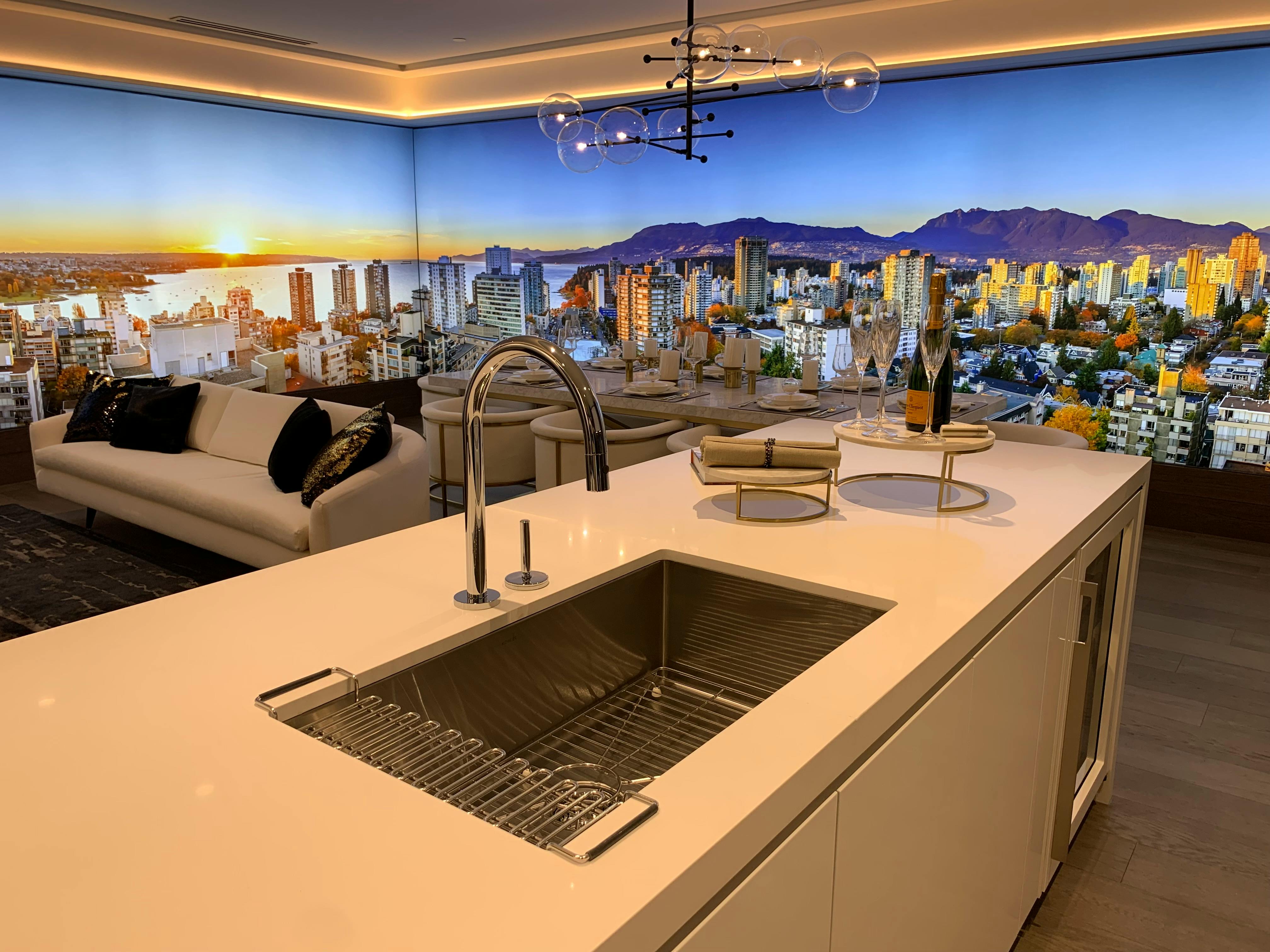The floor plan of every medieval castle was different, but there were some general rules that pretty much everyone followed. Here are some guidelines to help you draw a castle plan that is both realistic and attractive.
Whether you’re drawing a castle plan for a school project, website, or board game, it can be hard to find good information on some of the more important points of why and how medieval castles were built.
There are two very important aspects of a castle that you need to keep in mind when drawing your castle plan. The first is the concept of concentric circles and the second is the idea that a castle needed to be self-sufficient for long periods of time.
The concept of concentric circles
This is a very important aspect of castle design. It is the concept of putting lines of defense one inside the other. In this way, an attacking army had an obstacle to overcome and when they did, they still had another obstacle to overcome. This is how a typical castle would be built. Around the castle would be a very large area cleared of bushes and trees. Then there would be a moat, then an outer wall, an inner wall, and finally the keep. All of these obstacles would have to be overcome by an attacking army one at a time.
This is how you draw it:
- Draw a large circle on your sheet of paper. This is the area around the castle that is free of trees and shrubs.
- Draw a rectangle in the middle of your clearing. Make it about three quarters the size of the clearing. This is your outer wall. Around this outer wall, draw a blue band an inch or two thick. This is the moat.
- Now draw another rectangle inside your outer wall. This is the inner wall and the castle itself. Many of the rooms and functions of your mini self-sufficient village would be in this area.
- Finally, make the top third of the last rectangle you drew in the Stronghold. This is the last line of defense for your castle. In this rectangle would go some basic rooms such as the main hall, the bedrooms, the dining room and the armory.
- Most of its other rooms and functions would be in the courtyard between the inner wall and the keep. These rooms would form along the walls around the inside of the rectangle.
The concept of self-sufficiency
A castle had to have everything necessary for the occupants to survive inside without any help from the outside world for a long period of time. This was because one of the main tools of any attacking army was the siege. This was when they would surround the castle and not allow anyone or anyone to enter or exit. This would cause the occupants of the castle to starve.
So inside the castle you have to add all the main components of any medieval city. Put these inside the Fortress:
- One main meeting room
- a dining room
- An armory for the storage of weapons and armor.
- a chapel
- Living quarters for royalty, knights, soldiers, servants, and peasants
- A kitchen big enough to feed the castle.
And within the Castle itself, hugging against the inner wall of the castle, these rooms and functions are located:
- Multiple storage rooms for food, grains, and meats
- A large garden, the inner courtyard of a castle was often used entirely for growing vegetables.
- cattle pens
- steady
- Bakery and granary: bread was an important part of the medieval diet. The grain stored well for long periods of time and the bread baked easily.
- Dungeon and prison for captured enemies
- Artisan workshops such as blacksmithing and carpentry
- A well for drinking water
If you are making a castle floor plan as part of a game, you can be very creative with how the castle is laid out and you can add many features and rooms that are not described here. But if you follow the concepts of concentric circles and siege preparation, you’ll still have a castle that has a feeling of authenticity no matter how elaborate or imagined your plans.



